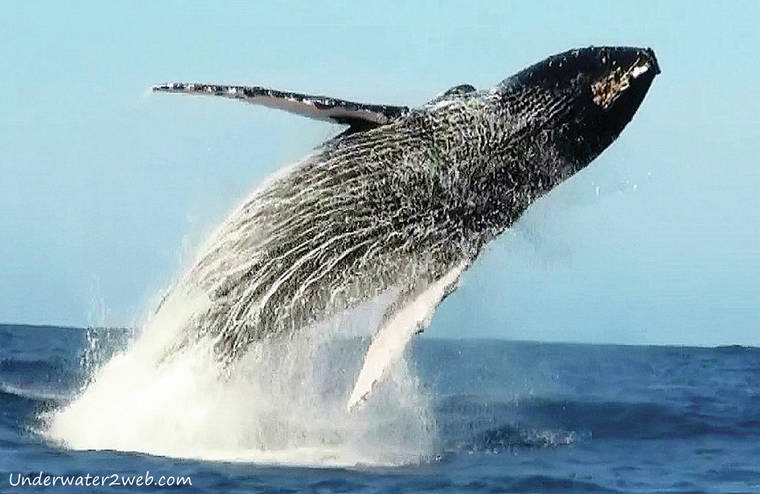We have several whale species here in Hawaii and they are all called kohola but in old Hawaii the humpback whale was very rare in Hawaiian waters. The whaling towns that became famous in the 1800’s like Lahaina in Maui were only a stop over for the whaling ships from America that went all the way to Japan to hunt whales for their oil. The Hawaiian economy was stimulated by supplying the 100 plus whaling ships with fresh food for their long open ocean journey.
We have several whale species here in Hawaii and they are all called kohola but in old Hawaii the humpback whale was very rare in Hawaiian waters. The whaling towns that became famous in the 1800’s like Lahaina in Maui were only a stop over for the whaling ships from America that went all the way to Japan to hunt whales for their oil. The Hawaiian economy was stimulated by supplying the 100 plus whaling ships with fresh food for their long open ocean journey.
I wasn’t until after 1973 when the humpback whale was fully protected by the US Endangered Species Act that large groups of humpback whales started migrating to Hawaii from Alaskan waters to have their babies and breed. The humpbacks travel in the fall over 3,000 miles to get to Hawaii where the females give birth to a single baby of which requires 50 gallons of milk a day to grow large enough quickly to make the journey all the way back to Alaska in the spring. It was once thought that the humpback spend up to five months in Hawaii where they do not feed but recent studies have shown that many of the humpbacks only spend a month in Hawaii.
Over the past 50 years as many as ten thousand humpbacks have come to Hawaii each year but in some years less than three thousand make the trip. It is not yet well understood why the amount of humpback coming to Hawaii changes so much but it may be due to the amount of food they can eat during the summer in the nutrient rich northern Pacific. It takes a great deal of energy to make the long journey to Hawaii, give birth and make the long journey back north and not feed during that entire period!
We more often see the humpback whales in the spring close to shore in Hawaii when they are very active, breaching out of the water or humping their backs to do a dive. We can identify each different whale by the pattern on their tail fluke or fin. Each whale has a different pattern just like we have different fingerprints. Some of the humpbacks are spotted near the big Island of Hawaii then a few weeks later in Maui and then next in Kauai.
It has never been fully proven as to why these forty foot plus whales completely breach out of the water making an amazing sight that the whale watching boats and tourists thrive on.
It is well known that the breaching whales may be removing large barnacles that grow on their skin during their stay in the cold northern waters but recent research also shows us that they may be communicating with others over a great distance by breaching. Sound travels further underwater than up in the air and the noise made when the whales make a big splash can be heard by other whales even many miles away. This may allow the males to spread out more for the purpose of breeding.
The male humpbacks sing underwater and their songs are often repeated by other males that are more than 20 miles away. Since the females do not sing the males may be communicating with each other to better help them space out for the purpose of breeding and the singing may also be a warning to the females that have young babies that a large tiger shark may be in the area. We do know that these songs are very complicated and more than likely have many important meanings.
You can learn all about the life of the humpback whales in my educational movie Hawaiian Marine Mammals up on my web page at www.underwater2web.com. This movie took me over ten years to film and it has some amazing footage of the humpback whales above and below the sea surface plus some great information and footage about dolphins and monk seals.
•••
Terry Lilley is a marine biologist living in Hanalei Kauai and a co-founder of Reef Guardians Hawaii, a non-profit on a mission to provide education and resources to protect the coral reef. To donate to Reef Guardians Hawaii please visit www.reefguardianshawaii.org.

Subscribe today for unlimited access.
Already a subscriber?
Login
Not ready to subscribe?
Register for limited access.
If you have a print subscription but require digital access,
activate your account.





